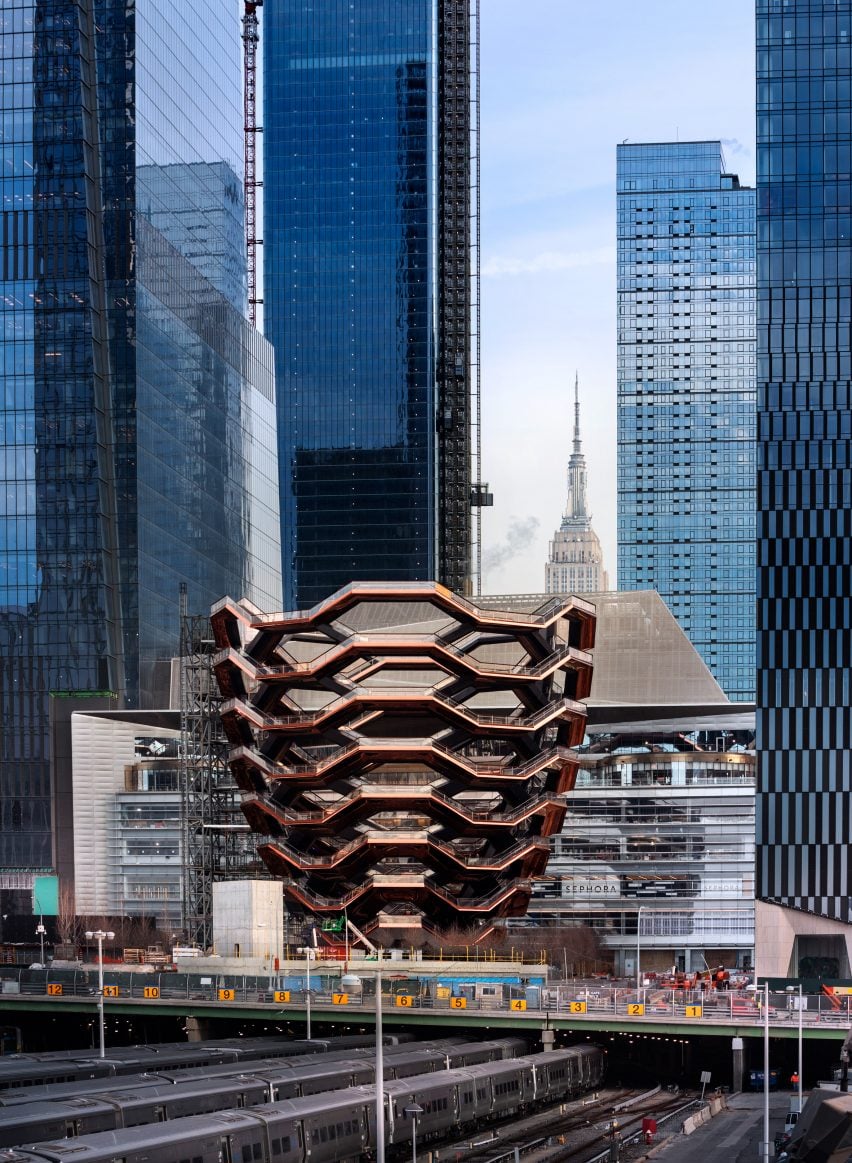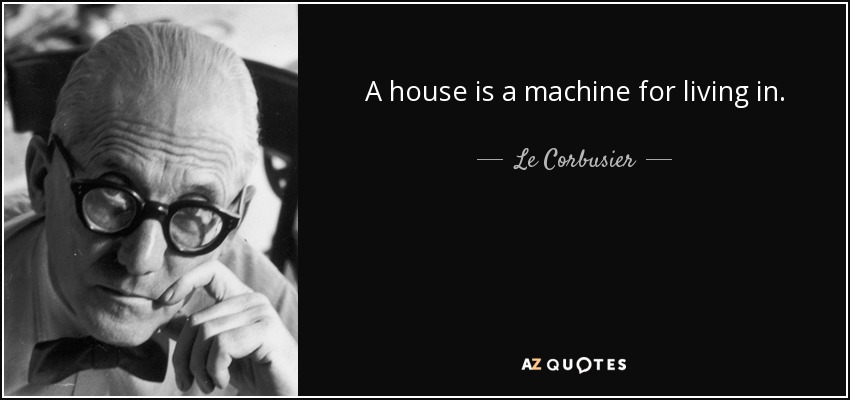ABOUT THE ARTICLE
'TALKING ABOUT MENTAL HEALTH AND WELLBEING", ROYAL INSITUTE OF BRITISH ARCHITECTS
The article that I have chosen to explore relates to the ideas of the relationship of architecture with human mental health and well being which I will later support or challenge with moving elements.This is a virtuous notion that should be considered in architecture as it places the utmost importance on the improved quality of life and end user experience. The new faculty must accentuate this if the culture is to immerse the students into such an idea.
KEY WORDS AND IDEAS
At the "heart of a design" is placing the user first."Flexible working has revolutionised the way the practice works"
"putting wellbeing considerations into practice promotes a virtuous circle: happy practices are more profitable ones; while architecture that engenders social wellbeing adds value to clients"

ABOUT THE THEORY
When constructing my theory, I wanted to think about the end goal of the experiment, what I knew about architecture as a student and how I could envision my theory in real life examples of existing architecture to validate it.
There is a metaphorical and literal interpretation of the theory which can hopefully be reinforced by structure and form.
 |
| Initial bubble diagram of bridge and general proposed locations and synergies between buildings. |
About a century ago, Le Corbusier tapped into the idea that architecture or the 'house' was "a machine for the living".
It is architecture that supports your life in a standardised and efficient fashion. A machine that serves people. It provides necessity but nothing more.
But what if architecture was not simply a machine in aiding individual wellbeing but something else?
I wanted to reinvent that theory and a develop a different perspective on how we see architecture as "a machine for a living"To see architecture as a moving vessel not a machine.

Architecture IS the vessel that keeps the 'individual' or society 'above water' and is constantly pushing us towards a direction. Therefore, it IS the embodiment of necessity for human wellbeing and is not necessarily the host that provides it.
In the same vein as Le Corbusier, once human wellbeing is resolved and stable, humans can be efficient and productive in practice as a result of architecture.
Additionally, Architecture is alive as it is dead which exemplifies the notion of thinking of architecture as a 'vessel' and not 'machine'. Our urban environment is like the 'blood vessel' while the people are like the cells. There is a reciprocal relationship between people and the architecture for the space to feel alive.
The current COVID-19 crisis puts this into perspective.
 |
| A deserted Rawson Place in Haymarket © ROGER STONEHOUSE |
These ideas of wellbeing, efficient practice and the heart of architecture as a vessel can be achieved through flexibility - a potential point of creative thinking for moving elements.
A POTENTIAL PRECEDENCE????
 |
| The Vessel in Hudson Yard in New York |
I thought it would be a relevant structure to thing about as the designers behind this structure coincidentally sought to "bring people together", contains a central public space at its centre and is "structurally closer to a bridge than a building - how fitting for me to find a similar concept with the same key word.
While I'm a fan of the concept and idea of the vessel as well as its noble pursuit to facilitate social gathering, I don't believe this is the best execution of the idea as it seems very void and doesn't contain a lot of actual space. The structure is definitely one aspect I should consider, but it serves as an interesting precedence for the school of architecture.
REFERENCES
Crook, Lizzie. 2020. "Thomas Heatherwick Designed The Vessel To "Bring People Together"". Dezeen. https://www.dezeen.com/2019/03/22/thomas-heatherwick-studio-vessel-hudson-yards-movies/."Coronavirus In Sydney". 2020. The Sydney Morning Herald. https://www.smh.com.au/national/nsw/coronavirus-in-sydney-20200327-h1my0m.html.
"Mental Health And Wellbeing In Architecture". 2019. Architecture.Com. https://www.architecture.com/knowledge-and-resources/knowledge-landing-page/mental-health.

No comments:
Post a Comment